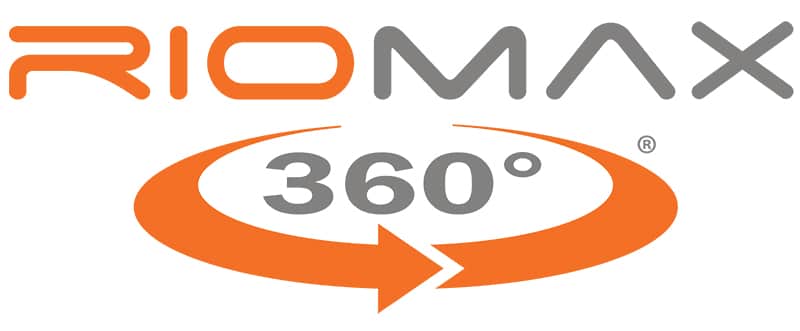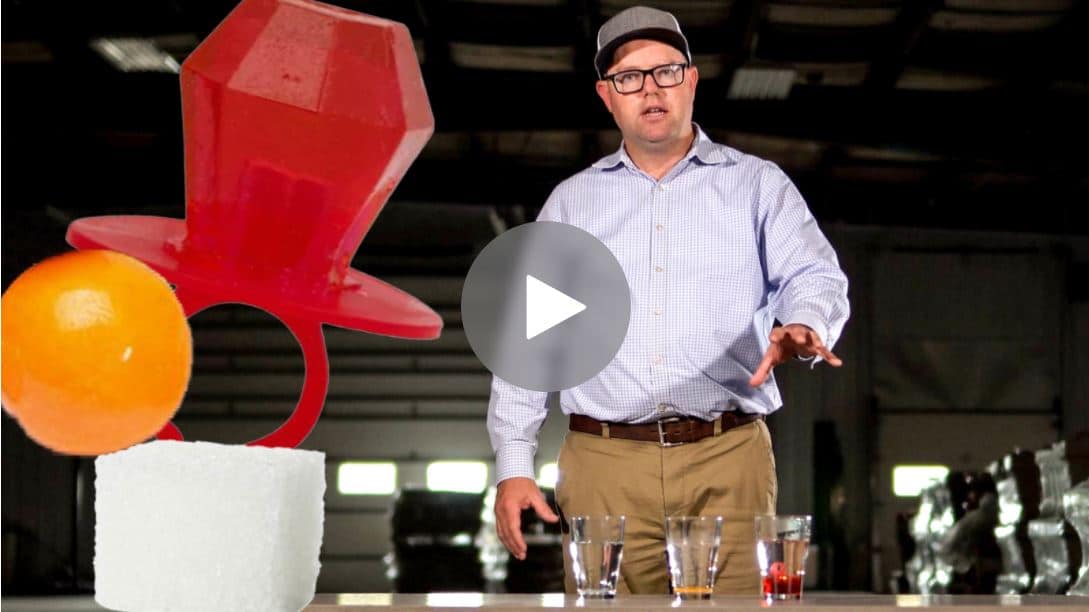Last updated on October 5th, 2023 at 10:08 am
“You’re not doing yourself or your cattle any favors by not providing any salt or mineral,” says Adele Harty, South Dakota State University Extension cow-calf field specialist. That’s because minerals, whether macro or trace, benefit virtually all aspects of beef cattle production, from calf health to rebreeding and more.
Getting the Most Out of Your Mineral Dollars
But that’s where the easy part about mineral supplementation stops. Which is better, loose mineral or tubs? Should you feed an inorganic form or chelated mineral?
The answer, as it is in almost all questions related to ranching, is it depends.

Which Form of Mineral is Better?
Two basic types of mineral compounds are available for cattle nutrition—inorganic and chelated, or organic. “So if you look at a mineral tag, your organics will typically be any sort of a complex,” Harty says. Those are mainly amino acid, polysaccharide or proteinate complexes. “Then your inorganics are going to be your sulfates and oxides.”
Inorganic Minerals
Inorganic minerals are at the bottom of the list for bioavailability. Chelates, Harty says, are about twice as available to the animal. But inorganic minerals cost less.
Does the lower cost overcome the poor bioavailability and potential weather effects? Probably not, says Dr. Jeffrey Hall, professor of toxicology, veterinary diagnostics, and mineral nutrition at Utah State University. He tells of a rancher he worked with who was experiencing unexplained death loss in his calves on summer pasture.
→ Hear Dr. Hall speak at a webinar HERE.
The cattle were on an inorganic mineral and simply weren’t getting the mineral nutrition they needed. The rancher switched to tubs with a chelated mineral complex and his death loss went away.
Later, his sons took over the ranch and decided the tubs were too expensive. So they switched back to an inexpensive, inorganic loose mineral. And their death loss woes returned. Hall got them back on the tubs and the death loss went to zero, again.
So while an inorganic mineral supplement may cost less upfront, it doesn’t take too many dead or underperforming calves to make up the difference. Add to that the weatherproof aspect of the tubs rather than weather-resistant, and for more and more ranchers, tubs have become the preferred way to provide mineral supplementation to their cattle.
There are a variety of reasons for that, says Daryl Paskewitz, a cow-calf producer and research and development manager with Riomax®. While Riomax® markets both tubs and loose mineral products, and the formulation is the same with both, he suggests that producers consider tubs as a delivery method.
Weather Durability
“It doesn’t blow away in the wind. It doesn’t care if it gets rained on.” Tubs are very hard to tip over. But should an arduous bull manage to accomplish the task, the mineral doesn’t spill out. The cattle can still get to the nutrients.
Constant Mineral Availability
Beyond that, Paskewitz says the tubs ensure that cattle have access to mineral and vitamin nutrition 24-7, 365. “With loose mineral, you’re running out of product because you don’t want to put out several tons at a time. You want to put out small quantities so it doesn’t blow away, doesn’t get rained on, all those things that cost money.”

The next time a rancher checks the pasture, the cattle are out of mineral. “And how long they’ve been out, nobody knows,” he says. “And that’s one reason we have better results with tubs is because it’s easier to keep a continuous supply in front of the cattle just because of the delivery vehicle.”
Loose Mineral Cattle Feeders
With loose mineral, the feeder is important, especially for weather protection. So, while a rubber tire cut in half and attached to a board is by far the least expensive mineral feeder, it offers no weather protection. Feeders that employ rubber flaps or swivel on a post-offer better weather protection.
Of those, the ground feeders with rubber flaps work the best, Paskewitz says. That’s the conclusion that the folks at Riomax® reached some years ago when they looked into the effectiveness of various loose mineral feeders.

However, he adds a note of caution: it’s helpful to mark the locations of the feeders. “If it’s covered with snow, you can drive over it with a front-assist tractor pretty easily and then things go south in a hurry.”
To that, Harty adds another suggestion. With rubber flap feeders, be careful to make or buy a feeder with oversized flaps. Harty has had experience where yearlings pushed the undersized flap into the feeder rather than lifting it up, effectively locking themselves out of the mineral.
Weather Resistance
Weather-resistant loose mineral products are available, but they’re weather-resistant, not weatherproof. That’s important with inorganic minerals that have a weak chemical bond. Sulfates, because of this weak bond, are especially prone to wet weather.
“Copper sulfate is one of the most common forms of copper in the inorganic minerals and it is water-soluble,” Harty says. Copper sulfate compounds have a weak bond and when they get wet, the copper and the sulfate disassociate, or break apart. “It’s going to give the mineral a metallic taste, which is going to decrease palatability,” Harty says.
What’s more, the free copper is then able to bind with one of its many antagonists, making it unavailable to the animal. “And that’s one of the greatest deficiencies we deal with here in the Dakotas,” she adds.
Different companies use different technologies to weather-proof loose minerals, but what effectively happens is the mineral compounds are laminated with something, fats and oils among them, to make the product less susceptible to rain and snow.
“It’s mostly water sloshing around in the rumen of that cow, along with acids, feed, and digestive bugs,” Paskewitz says. Laminating the mineral compounds to make them less water-soluble may make the product less bioavailable to the animal, he adds.
The Best Cattle Mineral Feeder For You...
...might not BE a mineral feeder.
Loose mineral certainly has its place. But, if you're looking for a way to supplement mineral to your livestock in a way that is less labor-intensive and more weather resistant, we recommend at least giving tubs a try. What do you think?



